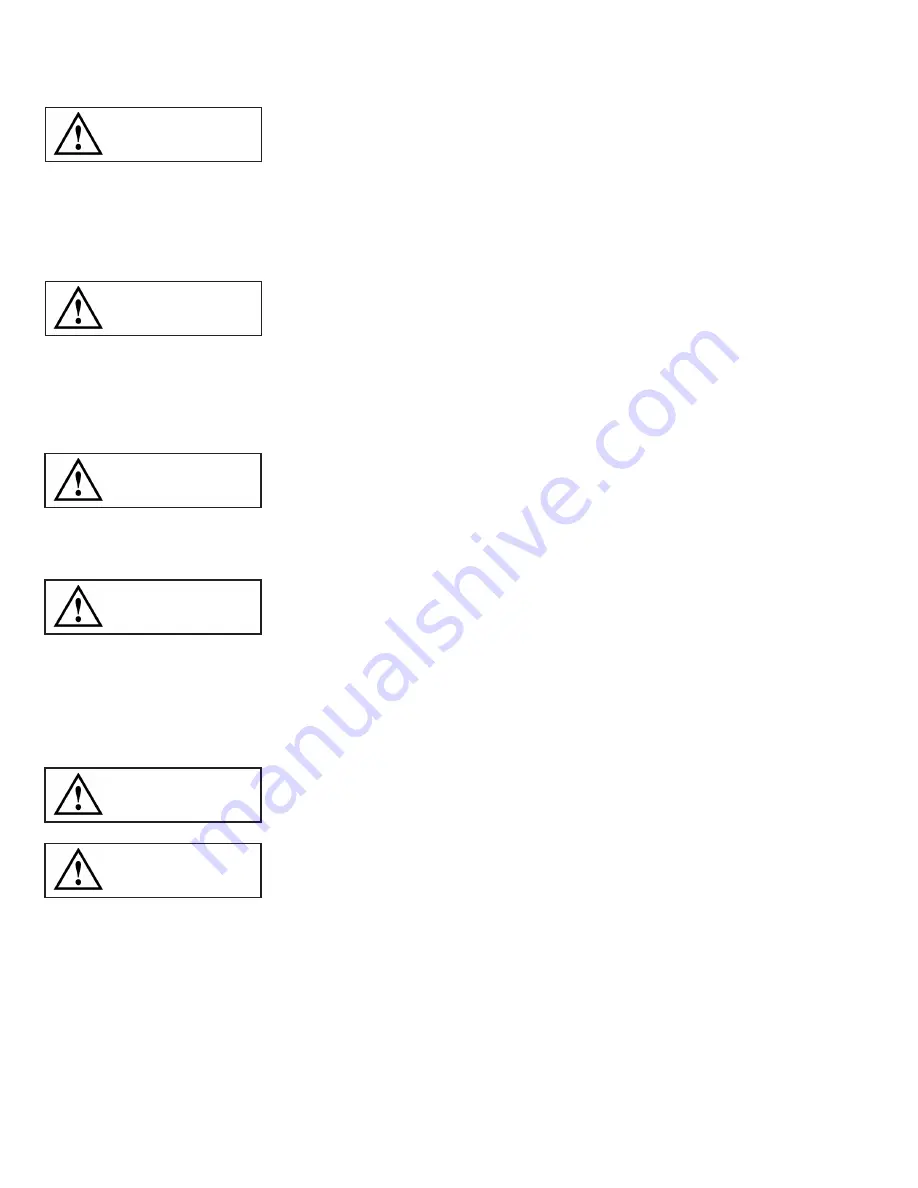
4
Section 6 - Piping
6.1 Piping Instructions
- Compressed air
contains liquid water and is saturated with water vapor, which can
freeze when surrounding temperatures are lower than 32°F (0°C). Component selection
to minimize the effects of water vapor must be considered.
Piping between the compressor, accessory items and the sprinkler system
must be at least ½” internal diameter to minimize
pressure drop from the compressor to system. Larger pipe size may be required by code and may be substituted with no
adverse effects.
- Smaller line size must not be used and will restrict the compressor flow, lowering
capacity and causing the compressor/motor to work harder, which shortens
compressor/motor life. All piping connected to the compressor must be fully supported
and not transfer any loads to the compressor.
If an air maintenance device (AMD) is used, allow sufficient distance between the compressor and AMD to ensure that the
maximum temperature at the AMD is 200°F or less.
- An AMD must be used with all tank mounted units.
All oilless compressors include a relief valve which is installed on the compressor. This valve will open at a preset value above
the pressure switch setting to prevent excess pressure in the event of a switch failure.
- Do not attempt to change the safety relief valve setting.
A manual drain is provided on the bottom of each tank mounted compressor. Moisture accumulated in the tank must be drained
weekly.
The compressor outlet piping should contain an accessible drain. As a minimum a manual drain may be used, but an automatic
drain is recommended to remove excess water.
- Accumulation of condensed water in the system can cause corrosion of components
and reduction of system capacity.
- Warranty is void if a separate check valve is not installed to prevent water backflow to
compressor.
WARNING
NOTICE
NOTICE
WARNING
NOTICE
NOTICE






























